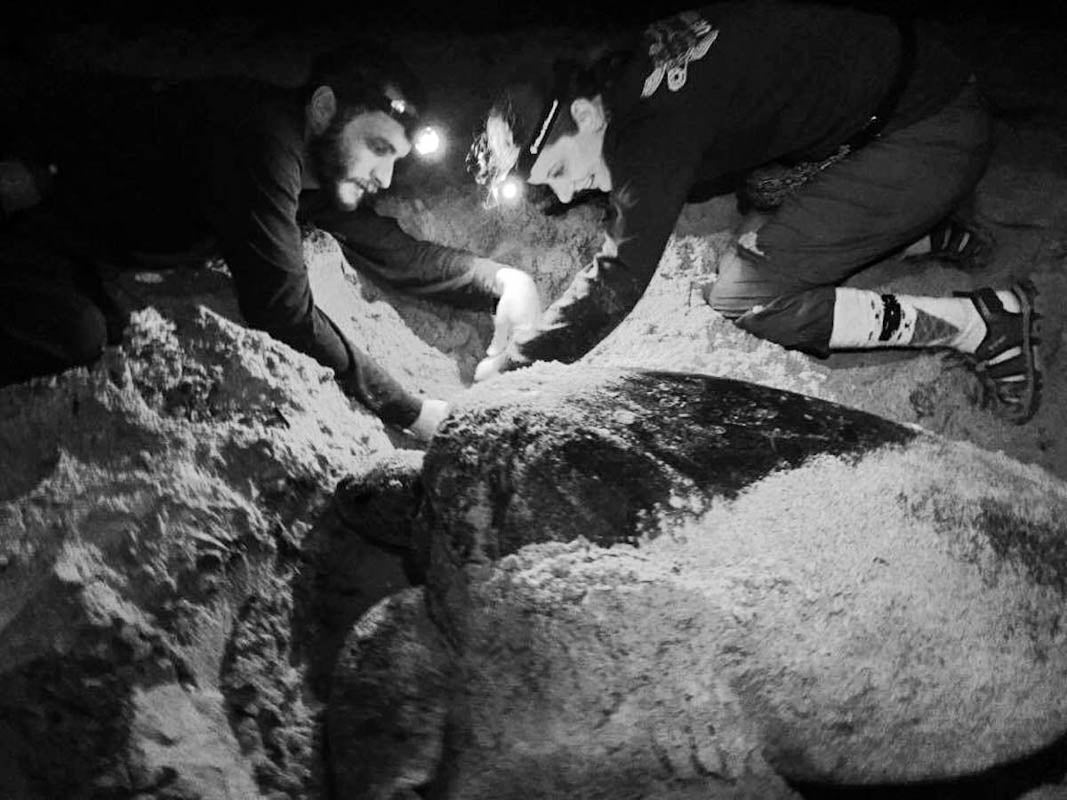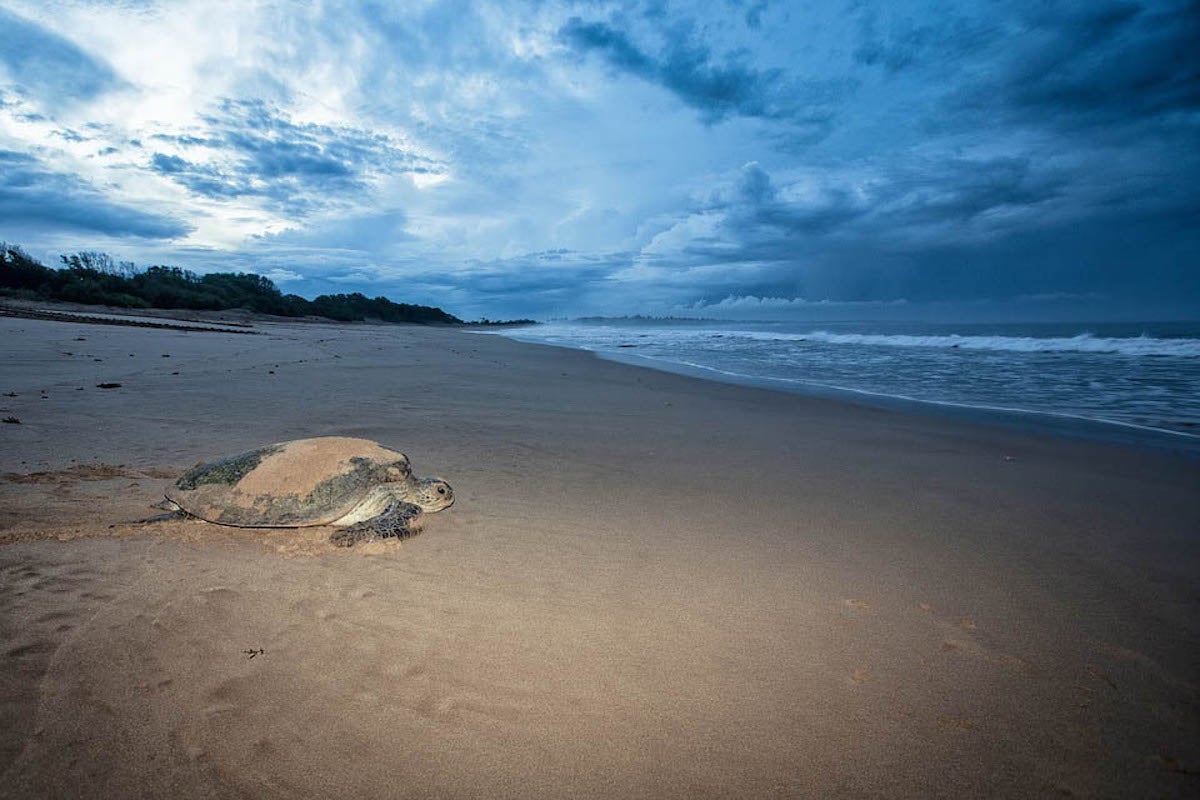While DNA testing may be a fun way to track down family history, UCF researchers are using DNA to figure out how diverse the gene pool is among the green sea turtle populations that forage in Brevard and Indian River counties. It’s critical to understand the differences in genetics because the future of the turtles may depend on it.
Sea turtles in Florida have been facing disease, algae blooms and changes in their habitats from erosion on the coastline to plastic in the sea. All these factors threaten their health.
The UCF Marine Turtle Research Group, which has monitored sea turtles’ nesting grounds and coastal in-water habitats for more than four decades in East Central Florida, is diving into a new genetics research project this month in collaboration with UCF biologist and genetics expert Eric Hoffman.
Despite the potential importance of genetics for understanding conservation biology, sea turtles are under-studied at a population genomics scale, leaving a knowledge gap in determining the best conservation practices for their long-term survival, researchers say.

Researchers from the UCF Marine Turtles Research Group monitor populations of green turtles foraging in the Indian River Lagoon and the Trident Submarine Basin (Port Canaveral area) in Brevard County and nesting females along the Archie Carr National Wildlife Refuge. The Refuge stretches from Brevard into Indian River County and is one of the most important nesting areas in North America. With such a rich environment for turtles from eggs to adults, it’s a perfect place to check the genetic gene pool for change.
“We hope that a finer-scale understanding of the genetic structure of green turtles will provide greater insight to connectivity between nesting populations in the North Atlantic and help managers design more effective conservation plans,” says Gustavo Stahelin, a doctoral scholar in the Department of Biology working on the project. This project was funded by a grant awarded from the Sea Turtle Grants Program.
This project will provide an update on green turtles’ genetic data thanks to the new genomic-scale techniques being used.
Make no mistake, there is genetic information available to scientists about sea turtles now, but this project will provide an update on green turtles’ genetic data thanks to the new genomic-scale techniques being used.
The team, led by UCF’s Hoffman and fellow biologist Kate Mansfield, will use single nucleotide polymorphisms found throughout the entire sea turtle genome to better understand the population of origin for juvenile turtles foraging in the area. The data should also help determine whether local foraging juveniles come from Florida nesting beaches or nesting beaches from afar. This will be the first study using this type of technique for Florida and the North Atlantic green turtle groups. The results will serve as a baseline for future genetic assessments.
The Sea Turtle Grants Program is funded from proceeds from the sale of the Florida Sea Turtle License Plate. Learn more at www.helpingseaturtles.org.




